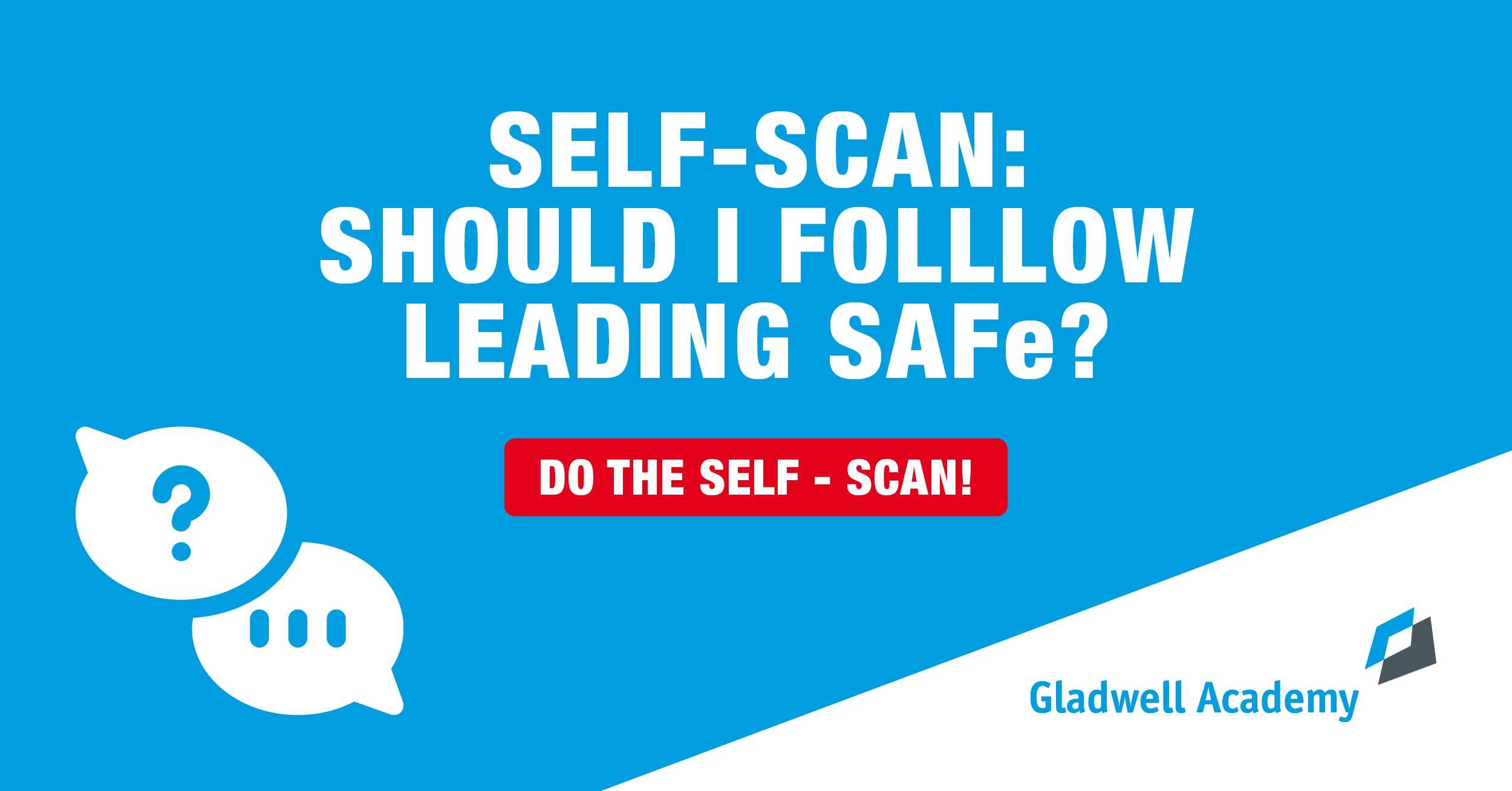What is a SAFe Agilist (SA)?

Leading SAFe
Leading SAFe goes into the Scaled Agile Framework (SAFe) and its underlying principles as derived from Lean, systems thinking, Agile development, product development flow, design thinking, Lean Portfolio Management, and DevOps. It also gives the Lean-Agile leader the understanding needed to support and participate in PI Planning events and to understand the work of one or multiple Agile Release Trains (ARTs).
A SAFe Agilist is able to apply Lean, Agile, and the Product Development Flow principles in a constructive manner, in order to improve productivity, employee satisfaction, time-to-market, and quality. This person knows how to introduce and apply SAFe in a company and how to take advantage of its benefits in order to reach their desired goals. As a SAFe Agilist, you come to understand the interaction between Agile teams, Agile programs, and Agile Portfolio management.
Why Become A SAFe Agilist (SA)?
A SAFe Agilist has unique insights into what is required to transform the current agile product development system. They also know how to integrate agile portfolio management into an efficient organisation that delivers the continuous flow of value to their stakeholders and customers with the shortest sustainable time-to-market.
On top of that, a SAFe Agilist validates their knowledge by applying the Scaled Agile Framework, lean thinking, and product development flow principles in an enterprise context, in order to better lead the adoption of the Scaled Agile Framework within their organization.
Responsibilities of a SAFe Agilist
Offering guidance: Guiding success, adoption, and continuous developments of SAFe in an enterprise is one of the primary responsibilities of a successful SAFe Agilist.
Responding to the need for innovation: Helping define the perceptions and goals of a company in order to communicate strategic agreements successfully. SAFe Agilists respond to the need for innovation of both stakeholders and internal teams.
Motivating: Helping employees establish their expertise and careers by motivating them in a way that boosts their capacities, further developing their obligation to the perceptions and goals of both themselves and their company.
The SAFe Roles: After Your SAFe Agilist Certification
A SAFe Agilist can apply the Lean-Agile mindset to their management or leadership role.
A SAFe Scrum Master, or even a SAFe Advanced Scrum Master, can facilitate and coach one or more Agile Teams within a SAFe organisation.
A SAFe Product Owner provides an Agile Team with guidance and expertise, making decisions at the feature level.
A SAFe Product Manager provides multiple teams in an Agile Release Train (ART) with feature priorities and expertise, while simultaneously managing stakeholder and customer demand.
A Release Train Engineer (RTE) keeps the Agile Trains of an organisation on track. Their major duties “are to facilitate the ART events and processes and assist the teams in delivering value,” (Scaled Agile, Inc., 2021).
A SAFe Program Consultant (SPC) is the leading agent of change: a combined internal SAFe consultant and trainer, who brings in fellow team members to take on SAFe roles, thus implementing the entire SAFe framework in the organisation.

